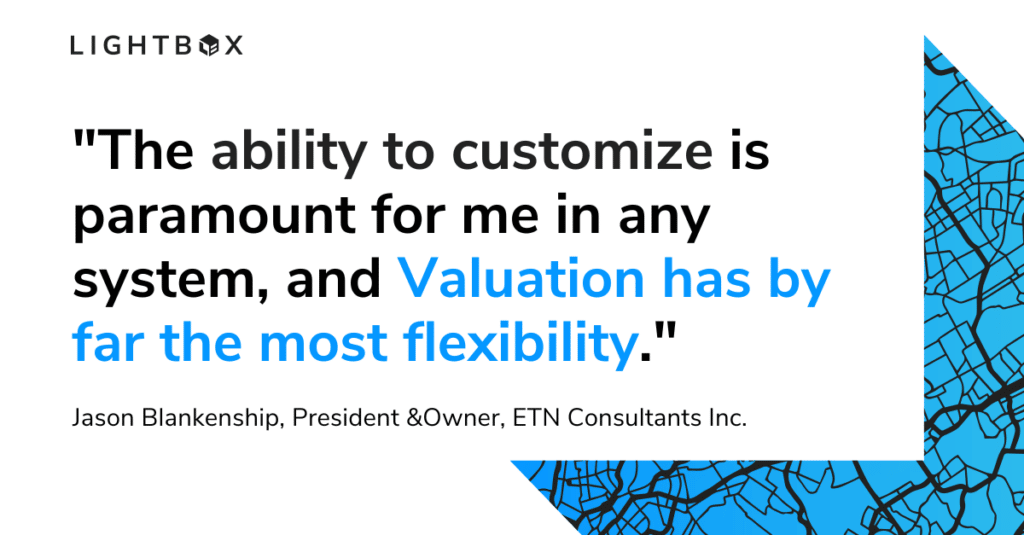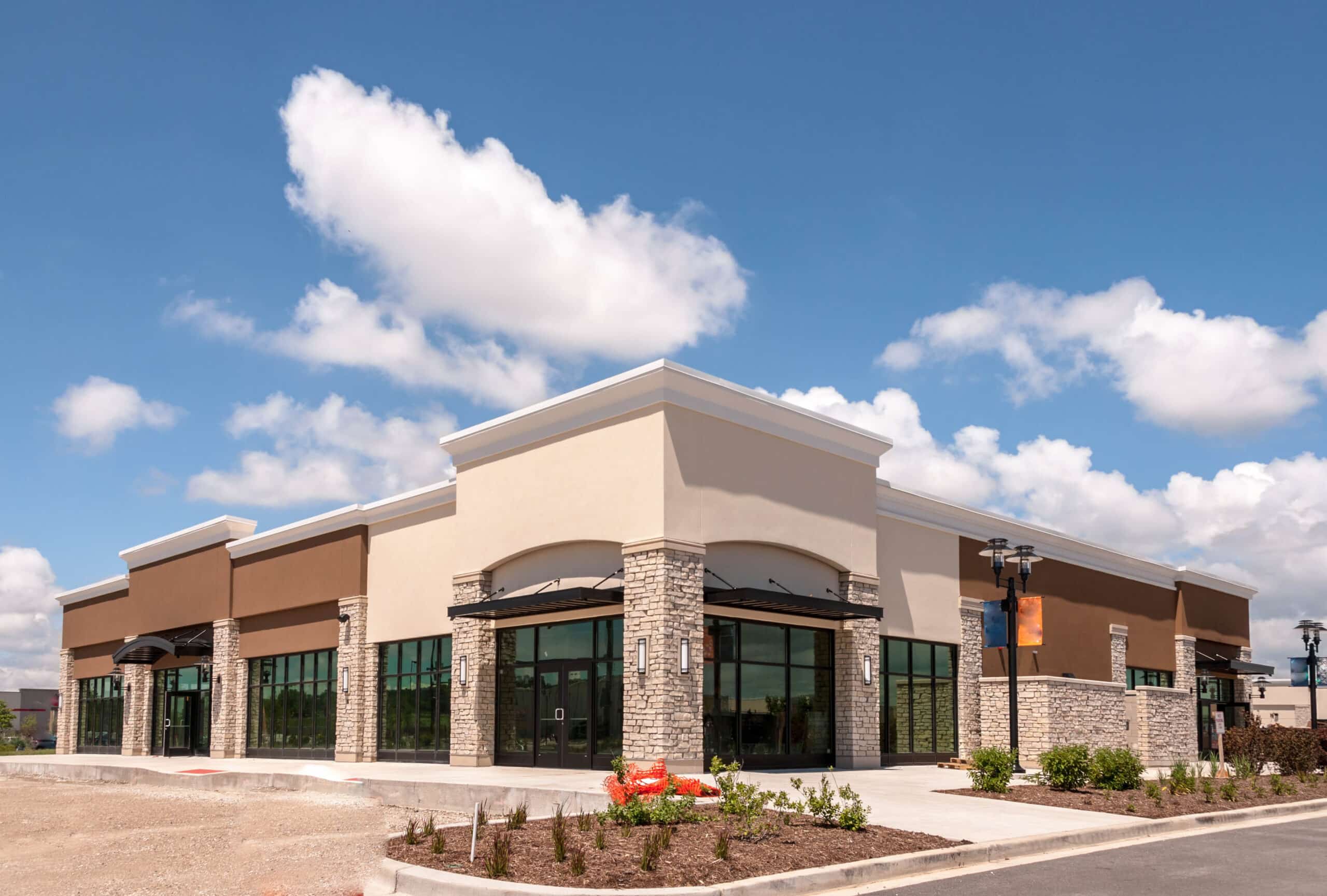Jason Blankenship, MAI, is the president and owner of ETN Consultants Inc. and a Tennessee Certified General Real Estate Appraiser. He’s been a commercial real estate appraiser since 2007 and has a wide range of experience in valuation and consulting on property rights issues, big-box retail, lodging, offices, local and regional shopping centers, investment properties, apartments, and many other types of commercial properties. He has provided expert opinions to a variety of clients and testified in various forums. Jason excels at bringing clarity to property valuations. He talked to LightBox about how he and his staff are able to better produce reports and serve customers by using LightBox Valuation.
How did you create appraisals when you started, and how do you create them now?
Back then my boss was writing entire appraisal reports and managing data in Excel, which led to a lot of inefficiency. We had no way to streamline the process and relied too much on other staff to help us. Some team members and I brought LightBox Valuation to his attention and told him we should start using it. It was hard to get him to abandon his established process, but we ultimately convinced him. Things started to improve after that.
Can you discuss the differences between various platforms on the market?
One issue with many appraisal software programs is that the people developing them tend to overcompensate for the problems they’re trying to solve by creating a one-size-fits-all solution. They create a box users can’t get out of. What I like about LightBox Valuation is that we can configure it to suit our needs, and there are many features we can take advantage of depending on the work we’re doing.
Many appraisers write long reports—I’ve seen 250-page documents. Most of our clients don’t want that, though we might go longer than usual for those who aren’t familiar with the Tennessee market. LightBox allows us to get down to the nuts and bolts by reusing a template or creating a new one. And the database is great. The ability to customize is paramount for me in any system, and Valuation has by far the most flexibility.

Do you and your colleagues use the platform for collaboration and oversight?
Yes, it’s the primary way we perform our appraisal work. LightBox Valuation is a great tool for allowing everybody on staff to know what happening now and what’s coming next. It’s a central hub everybody can access. Managers can tell what their team is working on, and when I’m bidding on a job, I can successfully determine a timeframe because I can see what’s already on the pipeline.
Has it been easy working with the LightBox support team?
Definitely. If you give feedback to a large tech company, you’ll probably never hear from them, and even smaller companies don’t always get back to you. That’s not the case with LightBox. I’ve submitted feature requests that your company subsequently began working on. I had each of my staff members register for an account on Craft.io so they can provide feedback. We really appreciate your efficiency, which in turn makes us more efficient. Not having to worry about the software we’re using frees us up to focus on our work and on becoming better and more knowledgeable appraisers—and on making sure every report meets our clients’ requirements. In fact, it’s safe to say my team would be really upset if we switched to another product. An employee who recently left gave us some great advice: When you’ve found something that works well, stick with it. And we plan to keep using LightBox Valuation.
How does Valuation differ from the other appraisal solutions on the market?
I think what makes it stand apart from other offerings is its ability to easily configure reports, along with its powerful database. The ability to customize all kinds of documents is paramount for me, and of all the systems available today, Valuation has by far the most flexibility. I can do things with it that I wouldn’t be able to do with other systems. I think it’s the best solution on the market.
